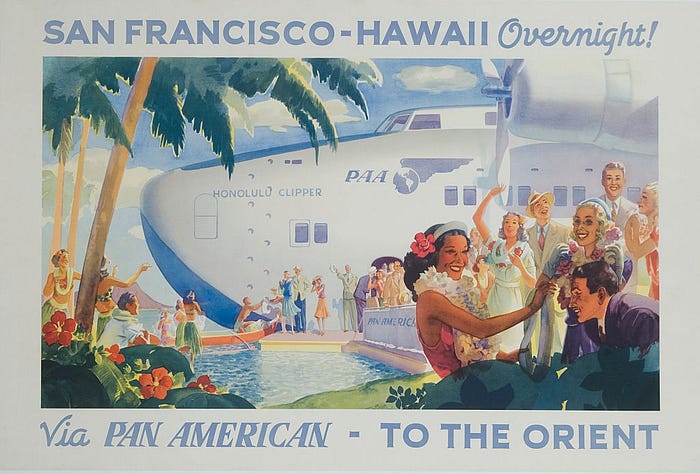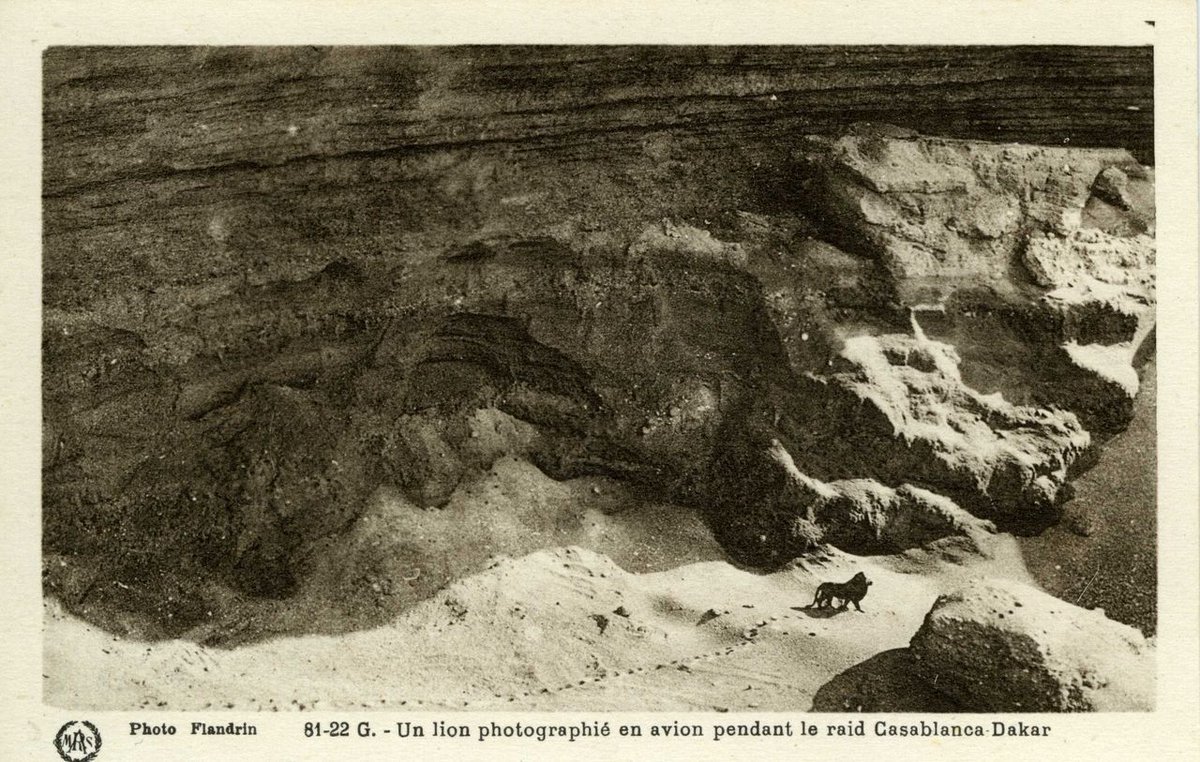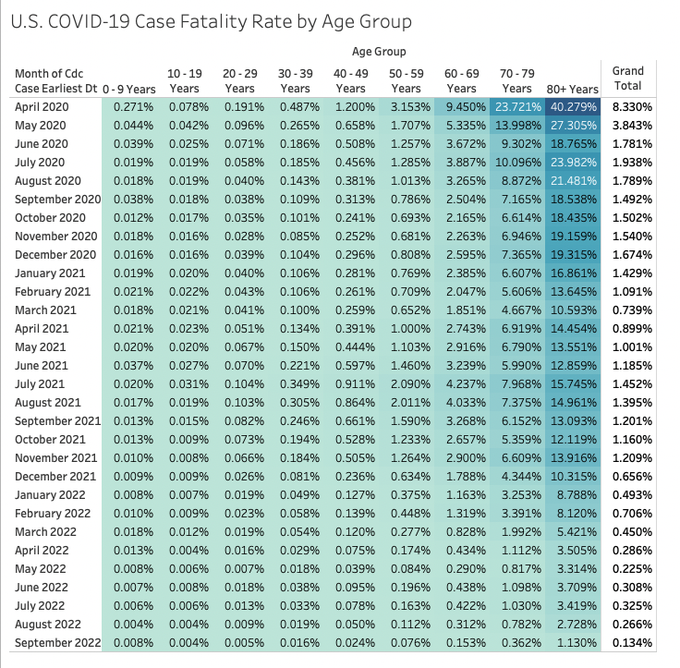

On December 1, 1941 a Pan American Boeing 314, the California Clipper, took off from its base on San Francisco Bay for its regular trans-Pacific route. Commanded by Captain Bob Ford, the flight would go to Los Angeles, Pearl Harbor, Canton Island, Fiji, New Caledonia before reaching its final destination, Auckland, New Zealand, late on December 7. The Clipper would then retrace the route to return to the U.S.
As the plane neared Auckland, its radioman picked up a local transmission announcing the Japanese had attacked Pearl Harbor. Upon hearing the news and receiving further confirmation from Pan Am's local transmission from Auckland, Captain Ford opened a sealed envelope he, and other Pan Am captains, had been issued several weeks ago. The contents read:
To: Captain, PAA Flight 6039 — SFO-LAX-HNL-CIS-SUV-NOU-AUK and return flight 6040.
From: Division Manager, Pacific Division
Subject: Special instructions to avoid hostile military activity.
Pan
American Airways, in cooperation with the Chief of Staff, United States
Army, Commander-in-Chief, Pacific Fleet Operations, the Secretary of
War and the Secretary of State, has agreed to place its fleet of flying
boats at the disposal of the military for whatever logistical or
tactical purpose they may deem necessary at such time as hostilities
break out between the United States forces and the military forces of
the Imperial Japanese government.
In
the event that you are required to open and read these instructions,
you may assume that hostilities have already occurred and that the
aircraft under your command represents a strategic military resource
which must be protected and secured from falling into enemy hands
For a week, Ford and his crew were in Auckland, not sure of what to do next. On the 14th he received further instructions from Pan Am:
Security: Top Secret
To: Captain Robert Ford
From: Chief, Flight Operations Pan American Airways System Chrysler Building New York City, NY
Subject: Diversion plans for NC18602
Normal return route cancelled. Proceed as follows:
Strip
all company markings, registration numbers, and indentifiable insignia
from exterior surfaces. Proceed westbound soonest your discretion to
avoid hostilities and deliver NC18602 to Marine Terminal LaGuardia Field
New York.
Good Luck
They were being directed to fly around the world. The crew had to figure out a route to avoid conflict with the enemy, though it had no charts or information on winds for anything to the west of New Zealand. They had to find their way across South Asia, sub-Saharan Africa, and South America to get back to LaGuardia Field. And the crossing of the Atlantic from Africa to South America required a longer non-stop flight than any portion of their Pacific crossing.
A few minutes before 6 am on January 6, 1942, the night shift air controller at LaGuardia's control tower received a startling message and this interchange:
LAGUARDIA TOWER LAGUARDIA TOWER. THIS IS
PAN AMERICAN CLIPPER NC18602 INBOUND FROM AUCKLAND NEW ZEALAND. DUE TO
ARRIVE PAN AMERICAN MARINE TERMINAL LAGUARDIA IN SEVEN MINUTES. OVER.
SORRY PAN AMERICAN CLIPPER 18602 BUT SAY AGAIN, CONFIRM YOUR DEPARTURE POINT. OVER.
I SAY AGAIN, INBOUND FROM AUCKLAND, NEW ZEALAND. BY WAY OF THE LONG WAY ROUND. OVER.
To find out how they did it read this fascinating account.


 As you can see, the CFR drops quickly across all age groups after the spring of 2020. Rates drop throughout 2020, and then drop again in early 2021 as vaccines become available. There's a further small rise in the summer and early fall of '21 due to the Delta variant and then rates fall rapidly, even for the most vulnerable (those over 80).
As you can see, the CFR drops quickly across all age groups after the spring of 2020. Rates drop throughout 2020, and then drop again in early 2021 as vaccines become available. There's a further small rise in the summer and early fall of '21 due to the Delta variant and then rates fall rapidly, even for the most vulnerable (those over 80). 

